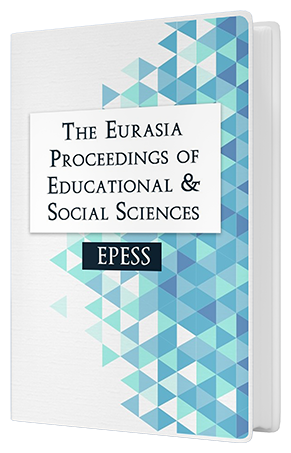GPSS TOOL FOR STUDENTS IN STATISTICS EDUCATION
Keywords:
Statistics education, GPSS Tool, ımprovements in statistics educationAbstract
Today, using of existing software and techologies becomes important in education and training. Academic institutions need various educational software tools which are appropriate for their own academic standards, curriculums and assessment tools. Those tools make lectures more clearly, enjoyable and concretely. Therefore they help students understand content of lectures by showing real results with graphics or tables. In the study, to take attention importance of mentioned tools, it is aimed to give a recommendation for statistics education. Many of statistics tutorials are taught in theoretical form in universities. While exercising statistical problems related to theoretical topic with students, some special tools should be applied for analyzing statistical formulas and their results. One of these tool is GPSS (General Purpose Simulation System) which is a software high powered general purpose computer simulation environment, designed for simulation professionals. It is a comprehensive modeling tool covering both discrete and continuous computer simulation, with an extremely high level of interactivity and visualizability. At this point, GPSS tool is introduced and its benefits are explained in terms of its operations supplied to users in the paper. Also, Kolmogorov-Smirnov normality test is applied and implemented in the paper.Downloads
Published
How to Cite
Issue
Section
License
Copyright (c) 2016 The Eurasia Proceedings of Educational and Social Sciences

This work is licensed under a Creative Commons Attribution-NonCommercial-ShareAlike 4.0 International License.
The articles may be used for research, teaching, and private study purposes. Any substantial or systematic reproduction, redistribution, reselling, loan, sub-licensing, systematic supply, or distribution in any form to anyone is expressly forbidden. Authors alone are responsible for the contents of their articles. The journal owns the copyright of the articles. The publisher shall not be liable for any loss, actions, claims, proceedings, demand, or costs or damages whatsoever or howsoever caused arising directly or indirectly in connection with or arising out of the use of the research material. All authors are requested to disclose any actual or potential conflict of interest including any financial, personal or other relationships with other people or organizations regarding the submitted work.




